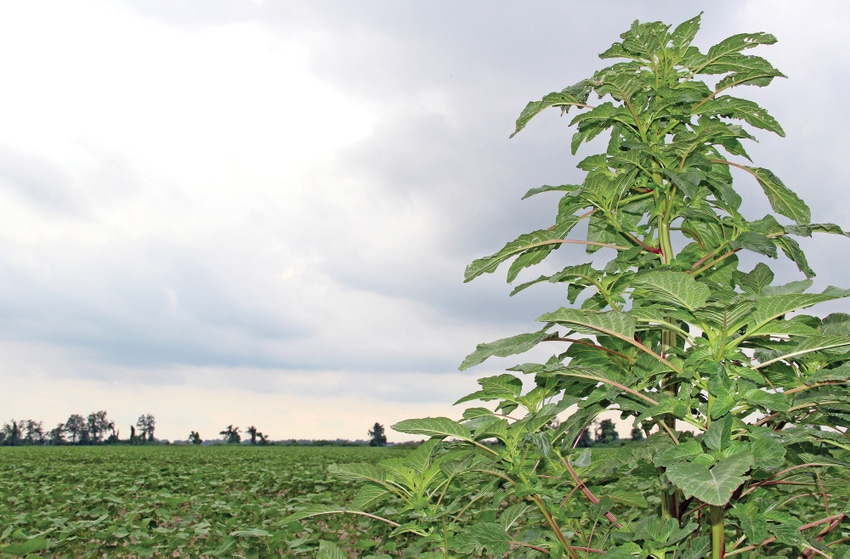
New weed control technologies show promise, must be protected
There have been a number of calls from folks who heard about the announcement by Monsanto on its new BioDirect technology. The announcement contained some promising research that could make glyphosate-resistant weeds susceptible to glyphosate again. This technology is not a GMO trait but utilizes specific intrinsic processes in plant cells of glyphosate resistant weeds.
July 9, 2012

There have been a number of calls from folks who heard about the announcement by Monsanto on its new BioDirect technology. The announcement contained some promising research that could make glyphosate-resistant weeds susceptible to glyphosate again. This technology is not a GMO trait but utilizes specific intrinsic processes in plant cells of glyphosate resistant weeds.
I was not at the announcement nor do I have any first-hand experience with this technology. What I do know is some of the basic biology of this technology, which I vaguely remember from some college classes and from what I could find while researching on the internet.
This technology is based on RNA (Ribonucleic acid) interference, or RNAi. RNAi is a natural mechanism in cells that can down regulate gene expression (not unlike a dimmer switch on your head lights). It occurs in nature, for example, as one way cells defend themselves from viruses by down regulating the gene expression of the virus.
The discovery of RNAi and how it works in a cell was only discovered in 1998 and published in the journal Nature. There have been advancements and discoveries since then and many biotech businesses are exploring RNAi technology in medicine and crop production.
The BioDirect technology that Monsanto showed demonstrated that they could down regulate the glyphosate-resistant gene expression in Palmer amaranth to the point that glyphosate would control this weed.
This caused quite a bit of excitement from the folks who were present and a number of them asked me what I thought when I visited them at a recent seed-trade meeting. I, for one, would be very excited for some new ground-breaking weed management technology like this to come to the field.
Herbicide modes of action are a precious commodity that we are losing every year to resistance. The possibility that we could resurrect a herbicide that has fallen to resistance would be a fantastic development.
However, we must all keep in mind that it is still in the very early stages of development. It is one thing to be able to do this in a lab and quite another to a do on the field scale level. Regardless if this technology sinks or swims, it will be very interesting to follow because it may eventually yield a novel approach to weed control.
Two points I want to make around the talk on this technology or any new technology. First, regardless of how novel the technology is, it will not be immune to resistance evolution. If and when this new weed management technology comes on line we must manage it with an eye on resistance management. Second, the new herbicide tolerant traits that are available now (LibertyLink), or will be available over the course of the next 5 years (Dicamba tolerance, 2,4-D tolerance, HPPD tolerance), will also need to be managed as individual components of a complete weed management system for them to be sustainable for any length of time. Then maybe we can delay resistance from developing long enough with these new herbicide tolerant traits to the point that the BioDirect or some other weed management technology can be developed.
I just hope the new technology that we have to resort to then is not a hoe.
You May Also Like



